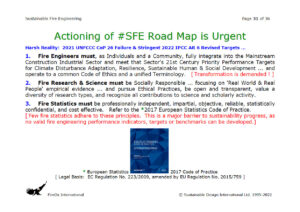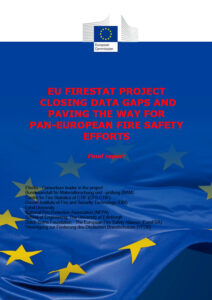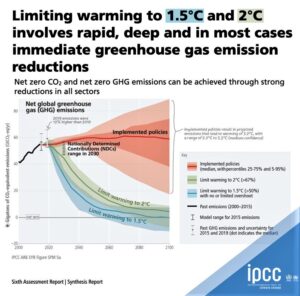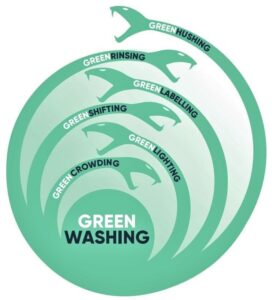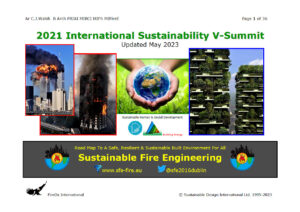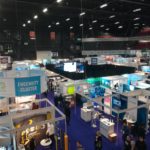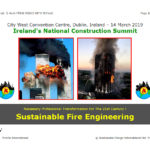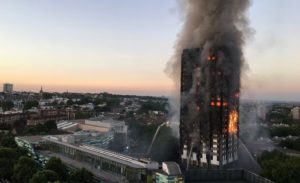2023-09-26: At the time of writing, the 78th Session of the United Nations General Assembly is taking place in New York City. Midway through the U.N. Sustainable Development Framework Agenda 2015-2030 … News about its failing progress is very discouraging …
> Amid growing geo-political crises and war, Multi-Lateralism has little chance to operate successfully and there is a growing stalemate within the Security Council ;
> Extreme Weather Events (e.g. heatwaves, droughts, severe storms and rainfall, flooding) are becoming a regular occurrence across the Globe, and their impacts are already devastating ;
> Only 15% of the Sustainable Development Goals are barely on track, while development gains in other SDG’s have reversed ;
> Not only are Climate Disruption Targets not being met, but global greenhouse gas emissions are actually increasing.
.
[ U.N. 2023 Sustainable Goals Report – Special Edition … https://sdgs.un.org/documents/sustainable-development-goals-report-2023-53220 ]
[ An Outside View: How much Progress is being Made on the UN’s Sustainable Development Goals ? … https://www.weforum.org/agenda/2023/09/un-sustainable-development-goals-progress-report ]
.
Earlier this month (September 2023), the #UN published a Report: United in Science 2023 – Sustainable Development Edition … https://library.wmo.int/idurl/4/68235
Compiled by the World Meteorological Organization (#WMO) under the direction of the U.N. Secretary-General, it brings together the latest updates from key U.N. Partner Organizations with a focus on weather-, climate-, and water-related sciences, research and services in support of realizing Sustainable Human & Social Development:
Climate Disruption …
- Total Carbon Dioxide (CO2) Emissions from fossil fuels and land use change remained high in 2022 and the first half of 2023. Fossil fuel CO2 emissions increased 1% globally in 2022 compared to 2021, and global average concentrations continued rising through 2022 and the first half of 2023.
- The years from 2015 to 2022 were the eight warmest on record, and the chance of at least one year exceeding the warmest year on record in the next five years is 98%.
- It is estimated that current mitigation policies will lead to global warming of around 2.8 °C over the course of this century compared to pre-industrial levels. Immediate and unprecedented reductions in Greenhouse Gas Emissions are needed to achieve the goals of the 2015 Paris Agreement, i.e. 1.5 °C.
.
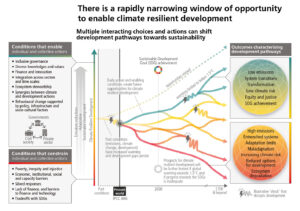
.
Sustainable Cities & Communities …
- Cities are responsible for a high proportion of global GHG Emissions and are highly vulnerable to the impacts of climate disruption and extreme weather events, which threaten the achievement of Sustainable Development Goal 11.
- Integrated urban weather, climate, water and environmental services, grounded in best-available science and research, are helping Cities to achieve SDG 11.
- Observations, high-resolution forecasting models and multi-hazard early warning systems are the fundamental basis for integrated urban services.
Good Human Health & Social Wellbeing …
- Trans-Disciplinary Research is fundamental to analysing, monitoring and addressing climate-sensitive health risks and climate impacts on the health sector.
- Climate disruption and extreme events are projected to significantly increase ill-health and premature deaths, as well as population exposure to heatwaves and heat-related morbidity and mortality.
- Scaling up investments in climate-resilient and low-carbon health systems, and progress towards universal health coverage (#UHC) are critical for the achievement of Sustainable Development Goal 3.
.
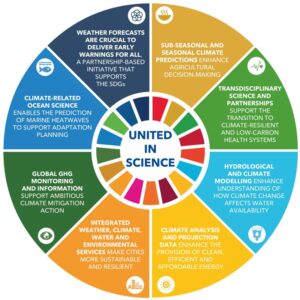
[ The 2030 UN Sustainable Development Framework Agenda is Unequivocally Anchored in Human Rights … Leave No One Behind … https://www.ohchr.org/en/sdgs/about-2030-agenda-sustainable-development ]
.
Deep & Genuine Construction Sector Collaboration …
[ Institutional Transformation ]
It is inevitable, therefore, that enormous pressures – social, economic, political, legal, and institutional – are being brought to bear on Building Design Professions, Engineers (all disciplines) and Construction Organizations to rapidly, reliably and creatively transform our existing Built Environment ; new buildings, which constitute just a small part of that workload, will be required to carry the heaviest burden. To properly realize a Safe, Resilient and Sustainable Built Environment for ALL, however, Genuine Collaboration must be fostered … between each actor in the construction sector … between practitioners and scientists/researchers … and between different industrial sectors … silos broken apart and traditional barriers transcended.
.
Sustainable Buildings – Reality vs. Superficial Impressions …
The minimum Life Cycle for a Sustainable Building is 100 years.
To be capable of later #Adaptation, a Sustainable Building must possess a sufficient/appropriate, level of #Redundancy. Lean construction ignores this issue.
Far too many people appear to be still ‘wrestling’ with an obsolete understanding of #Sustainability. It has many more than just 3 Aspects (social, environmental, economic). Time for everyone to cop on and catch up !
[ Legal Aspects of Sustainable Human & Social Development: If the World is Serious about Sustainability, it must Embark on a New Era of Global Law … https://www.weforum.org/agenda/2021/11/global-governance-sustainability ]
.
The International Fire Engineering Community, in particular, has a fixation with low-hanging fruit … ‘PV Panels’, ‘Timber Buildings’ … and ‘Performance-Based Fire Codes’, which are a hybrid of prescription (rather than Functional Fire Codes, which offer a more free, more open, and flexible option for designers).
So … before moving on in my next Post to look at the potential for Green Walls being a fire hazard, and comparing a top-down Sustainable Fire Engineering Design Approach with a bottom-up Conventional Fire Safety Approach … here is an interesting graphic image, developed by an architectural colleague in Berlin, Ar.Stefanie Blank, showing the difference between all-too-common superficial impressions and the reality of Sustainable Buildings …
.
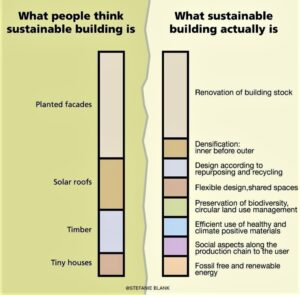
.
Sustainable Fire Engineering Road Map …
An earlier Post … https://www.cjwalsh.ie/2022/12/sustainable-fire-engineering-road-map-to-a-safe-resilient-sustainable-built-environment-for-all … presents the complete Road Map for reading and/or download.
As I have written many times before, the concept of Sustainable Human & Social Development is intricate, open, and dynamic … and it is also continuously evolving. So too, the #SFE #RoadMap must continuously evolve.
Fully reflecting the content and views expressed above, it is necessary to further expand the Sustainable Fire Engineering Design Objectives on Page 10 of the Road Map … in order to clearly and directly integrate the issue of Climate Disruption …
.
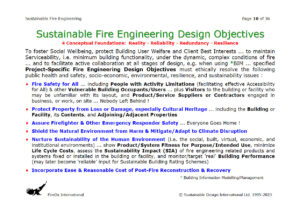
.
END
#Twitter (#X) … @sfe2016dublin …
#SustainableDevelopment #UNGA #SustainableDevelopmentGoals #SDG #ClimateDisruption #ExtremeWeatherEvents #GenuineCollaboration #ConstructionSector #SustainableBuildings #GHGemissions #UnitedInScience #SustainableCities #HumanHealth #SocialWellbeing #ArStefanieBlank #Berlin #NewYorkCity #PVpanels #TimberBuildings #BuiltEnvironment #PerformanceBasedCodes #FireCodes #FunctionalFireCodes #FireSafety #Resilience #Reality #Reliability #Redundancy #HumanEnvironment #InstitutionalEnvironment #Transformation #Creativity #BuildingDesign #FireEngineering #IPCC #FireEngineeringDesignObjectives #ClimateSynergies #ClimateTippingPoints
